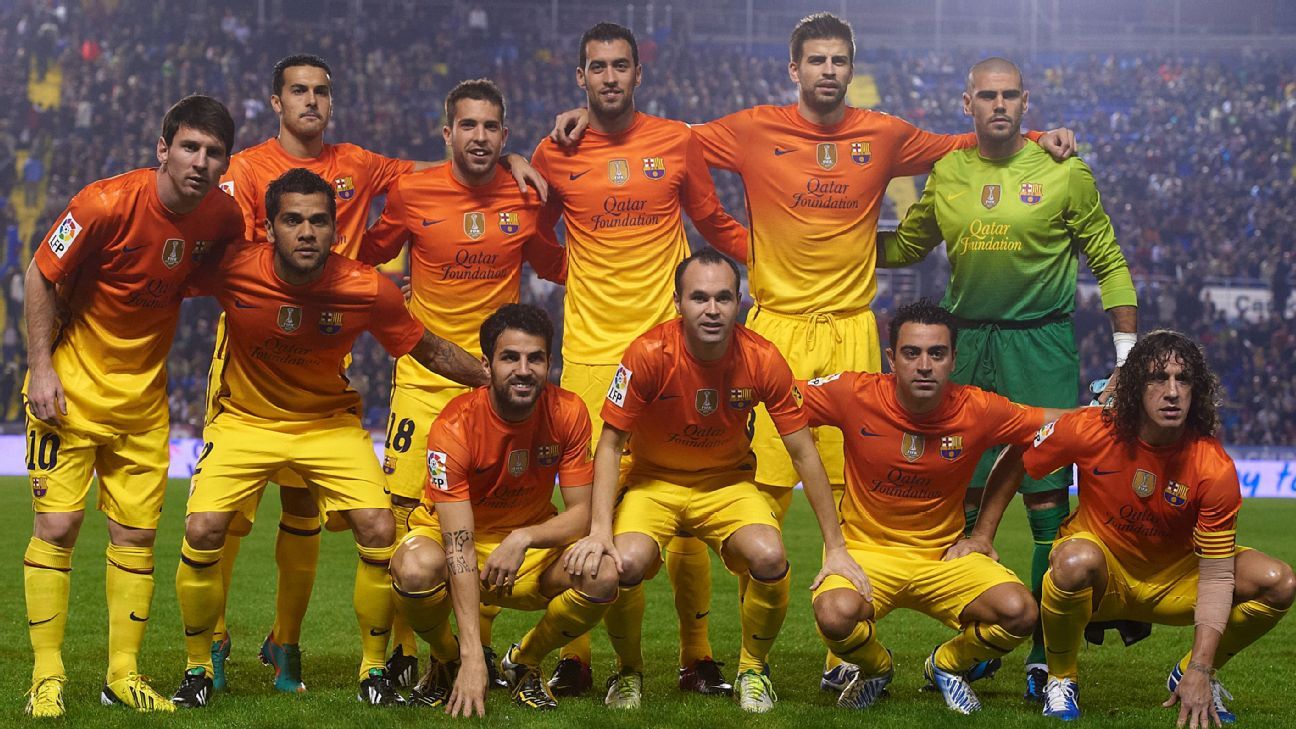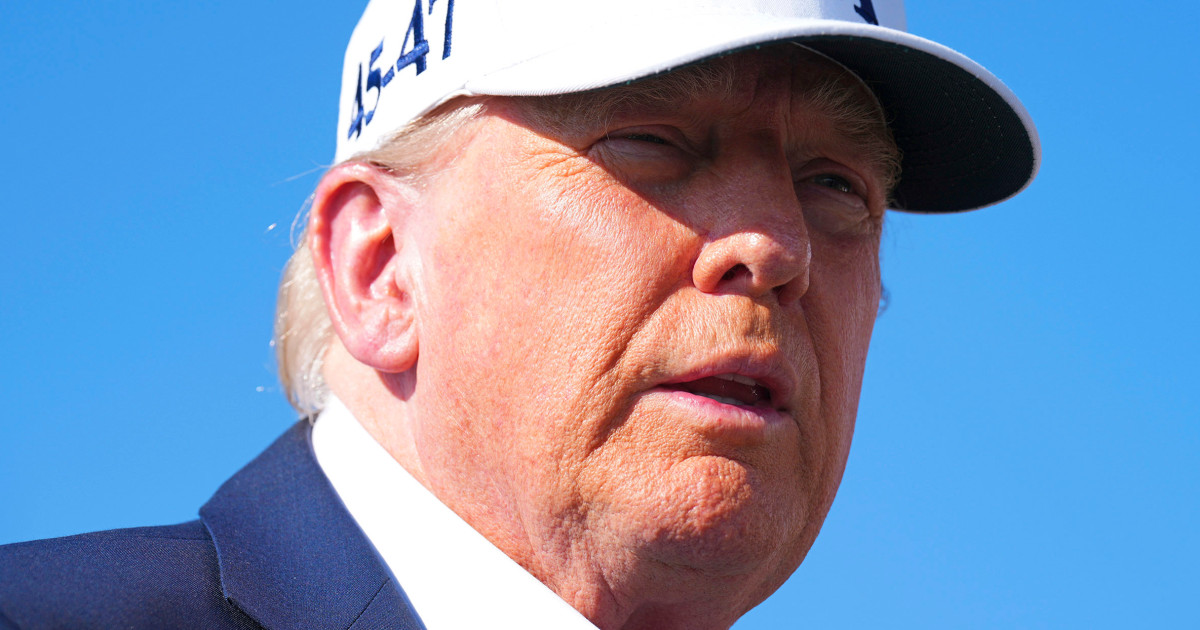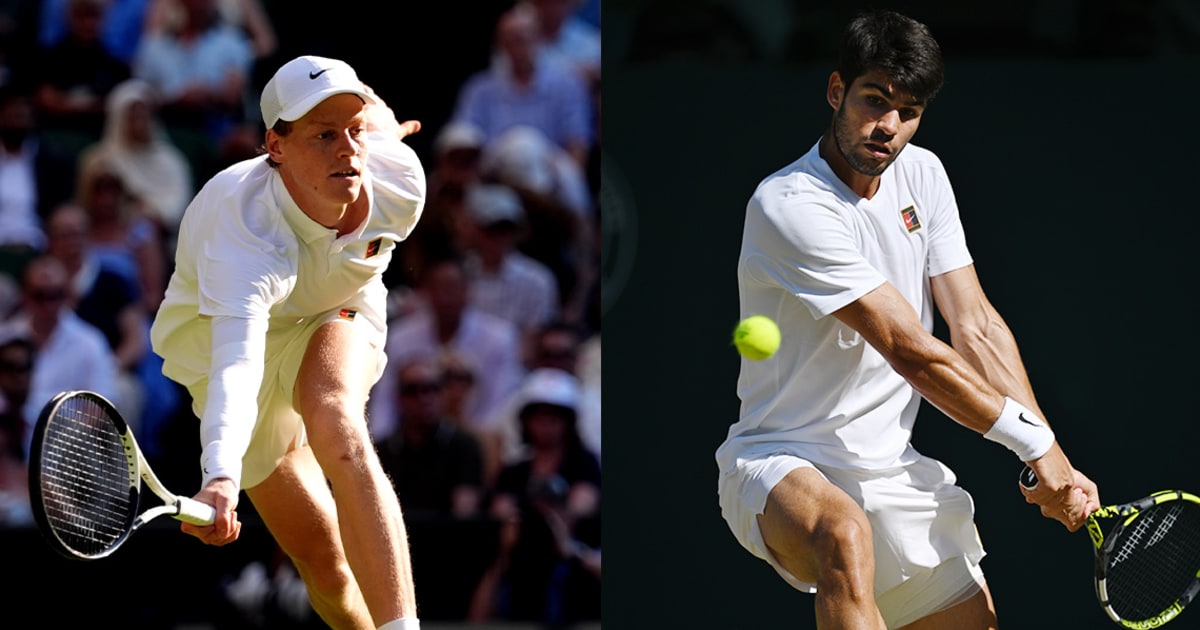Unveiling the Most Iconic and Controversial Clásico Kits in History
The El Clásico rivalry between FC Barcelona and Real Madrid transcends football, with their kits often becoming as legendary as the matches themselves. From the Blaugrana stripes to Los Blancos’ pristine white, these jerseys have sparked debates, defined eras, and occasionally courted controversy. We examine the most unforgettable designs that have graced this historic fixture since its inception in 1902.
The Birth of a Rivalry: Early Kit Evolution (1902-1950s)
When the clubs first clashed, kit designs were utilitarian compared to today’s high-tech garments. Barcelona adopted their iconic blue and red stripes in 1900, inspired by Swiss club FC Basel. Real Madrid debuted in all-white in 1902, reportedly to save costs on dye. Football historian Dr. Ramón Gómez notes: “These early choices became sacred identities. Changing them would be unthinkable now, but back then, practicality trumped tradition.”
Key developments during this period:
- 1920s: Madrid added purple accents to their collars, later abandoned
- 1939: Barcelona’s crest incorporated the Catalan flag post-Spanish Civil War
- 1950s: First sponsorship appears (Chupa Chups on Barcelona’s training kits)
Modern Icons: The Kit Revolution (1980s-2000s)
The advent of synthetic fabrics and global merchandising transformed kits into cultural statements. Barcelona’s 1982 “Senyera” kit, featuring the Catalan flag across the chest, remains politically charged. Madrid’s 1998-2000 Adidas design introduced metallic silver accents that divided fans.
Javier Esteban, former Nike designer, explains: “Clásico kits must balance innovation with heritage. When Barcelona experimented with darker blues or Madrid with grey, the backlash was immediate. These aren’t just uniforms – they’re tribal banners.”
Most successful designs by numbers:
- Barcelona 2008/09 (Champions League winning kit): 1.2 million global sales
- Real Madrid 2014 “La Décima” kit: 980,000 pre-orders
- Joint worst-selling: Both clubs’ 1995-96 designs (under 300,000 units each)
Controversy and Innovation: Pushing Boundaries
Some Clásico kits generated headlines for the wrong reasons. Barcelona’s 2011 “Unicef” sponsorship broke tradition by featuring a charity rather than a paid sponsor. Madrid’s 2013-14 third kit, dubbed “the pajama shirt” for its graphic print, was pulled after poor sales.
Cultural Flashpoints
The 2017 Catalan independence referendum saw Barcelona wear a yellow-and-red striped kit resembling the “Estelada” independence flag. Madrid responded by wearing all-black in the next Clásico, interpreted by some as political commentary. Kit analyst Maria Fernández observes: “These choices are never accidental. In El Clásico, even color shades carry messages.”
Technological Advancements
Recent innovations include:
- 2020: Barcelona’s “heat-activated” pattern revealing club crest when body temperature rises
- 2022: Madrid’s 100% recycled polyester kit with moisture-wicking 3D prints
- 2023: Both clubs using algae-based dyes to reduce water consumption by 30%
The Future of Clásico Kits: Sustainability and Digital Integration
As environmental concerns grow, both clubs have pledged to eliminate virgin polyester by 2025. Emerging trends include:
- Augmented reality features allowing fans to “try on” kits via apps
- Blockchain-verified limited editions combating counterfeits
- Biodegradable materials that decompose after 2-3 years
With the global football apparel market projected to reach $26 billion by 2030, Clásico kits will continue evolving. Yet as marketing expert David Ruiz cautions: “The risk is over-commercialization. When kits change too radically every season, they lose their emotional connection. The magic lies in balancing novelty with nostalgia.”
For collectors and fans alike, these jerseys remain tangible connections to football history. Which iconic Clásico kit do you remember most vividly? Share your thoughts and join the conversation using #ClásicoKits on social media.
See more Sky News Portal



